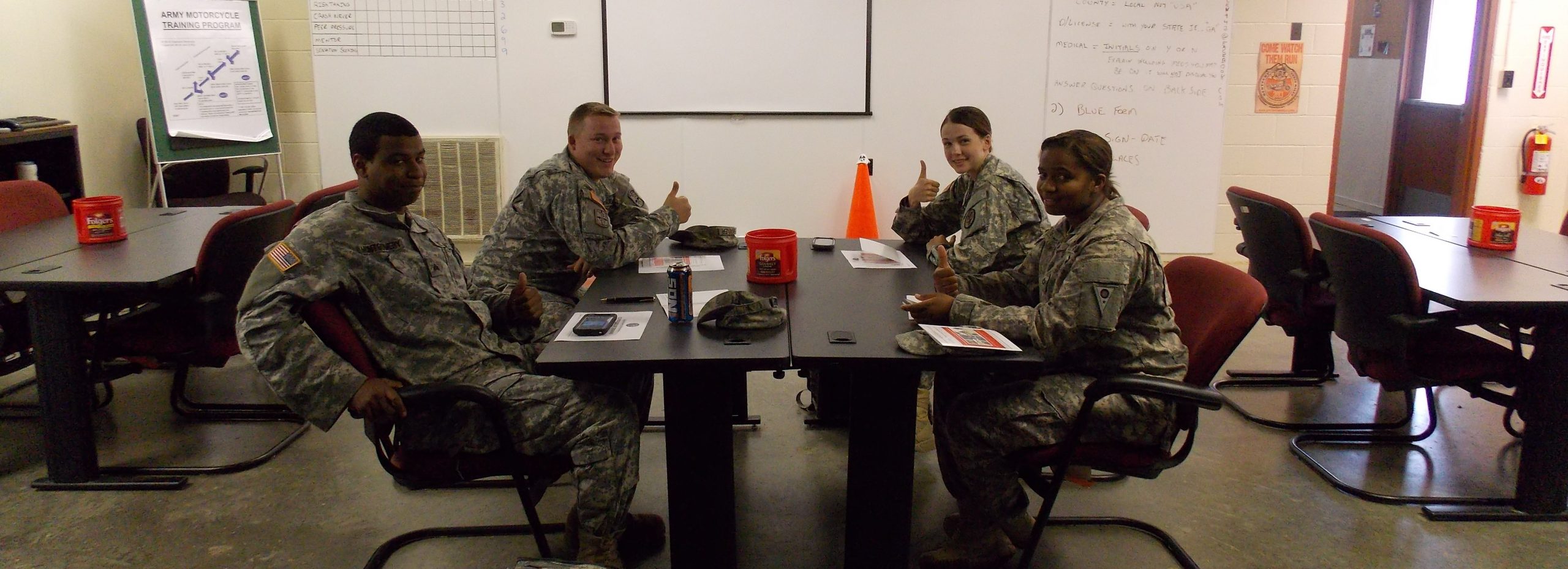 The Guided Discussion Teaching Method
The Guided Discussion Teaching Method
Guided Discussion Method
This method contrasts the Lecture method discussed in the last article, by relying on the students to interact by discussing their ideas, experiences, and opinions about the information being covered. It is extremely useful in the classroom and on the range or track once a student can relate to the topic being covered either by gained knowledge, previous experience, or a similar model to resource. The guided discussion method is essentially the opposite of the lecture method. The goal is for the Coach to extract, from the students, their knowledge in such a way as to “guide” their ideas in the proper direction instead of “telling them” what they should know. This is a departure from a typical pedagogy into coaching and more importantly into education where a long-term and much broader idea of creating a mental model and value systems are accomplished as discussed by Stolovitch and Keeps (2002).
The more intense the discussion and the more participation by the students, the greater the effectiveness of learning in the process. Key to this teacher/learner transaction is ensuring that all the students are following the discussion and that everyone is treated in an impartial manner. Questions must be encouraged by the coach to foster the desire of inquiry, sometimes exercising patience and tact, but always allowing appropriate responses and comment. With this method, a coach should be open enough to accept where the conversation goes, guide it back to where it needs to be, and manage the discussion to eliminate sarcasm and ridicule that would otherwise be a barrier to free flowing ideas.
 Use of Questions in the Discussion
Use of Questions in the Discussion
In a guided discussion, questions are used to evoke thought, foster inquiry, and meet the intent of learning the topic at hand. Skillful questions by the coach can direct the conversation, emphasizing where the focus should be, or find the root information or reason for beliefs and values of the students to reinforce the positive ones and divert away from those which are questionable. Most discussions are started with an over-arching question that opens the topic for discussion with a purpose of gaining student attention and focusing the dialog. This is sometimes called the “lead-off” question which implies its main function. After the discussion begins, students have ownership of the conversation (conceivably) until the learning outcome has been reached or the coach interjects to follow-up or guide the discussion.
Because there are a plethora of reasons for a coach to interject, it should be done judiciously. A pointed reasons to do so would be to have a student explain something more thoroughly, or bring the discussion back to the topic from which the discussion strayed in a tactful manner. Questioning methods could be considered rhetorical, overhead, direct, reverse, and or relay. Rhetorical questions are good for encouraging group thought, overhead questions are good for starting a new conversation, direct questions are used to gain a student’s specific response. Reverse questions are used as a response to student questions. allowing deeper thought by the student without exposing an answer, and a relay question can divert a question back to the discussion group instead of the individual, preventing the easy option of the coach “telling” the group an answer.
Regardless of the type of question used, the reason for using a question is to enhance discovery learning which is known to be more effective than lecturing students. Important when using the guided discussion is the useful and skilled employment of questions. The questions used should 1) have a specific purpose; 2) be clear and understandable to the individual and group; 3) have a single idea in mind; 4) be thought provoking; 5) have a definite answer; 6) relate to previous covered information or mental models known by the students; and lastly 7) be within the realm of knowledge of the coach unless expressed otherwise.
Planning for a Guided Discussion
Planning for a guided discussion is similar to planning for a lecture; however, a coach must be prepared for more contingencies and have the ability and skill to account for whatever direction the discussion may go. To that end, the topics selected for discussion should seek the desired learning outcomes and students should have enough base knowledge to willfully exchange in the conversation on the topic. Through discussion, students develop an understanding by collectively sharing knowledge, experiences, and backgrounds with each other. The objective should be discussed and understood up front and any outcomes should stem from and be related to the objective.
 Topic Familiarity
Topic Familiarity
It cannot be emphasized enough that a coach must be thoroughly familiar and researched on the topic being discussed. Through preparation and deep knowledge coaches can tailor a lesson based on the interactions between members of the group. Pre-discussions and pre-assignments can lay the groundwork for more effective interactions during guided discussions and shows an interest by the coach in the student. Research conducted by the coach can be used as supporting documents if understood and organized well for student use, as long as it pertains to the subject and based on the fundamentals identified in the curriculum. Walton and Gallimore (2006) identify passion and deep knowledge of the subject as a characteristic of what special teachers have in common, and this includes not only the subject matter but also the students themselves.
Logical Sequence
As with a lecture, a guided discussion should have an introduction, the experience development, and a conclusion. In the guided discussion, it is important that the introduction catches the attention of the student providing motivation to discuss and engage in the topic. The coach gives information that enhances the discussion up front but also gives an overarching reason for the questions to come, always providing the learning objective as the guiding beacon that will be returned to. Likewise, the sequence of the main points should build on previous topics to support the final objective, using familiar questions and common phrases for understanding. Ultimately the conclusion should be reached by the students through discussion which have been reinforced consistently and confirmed by a final question from the coach to the students seeking confirmation of the objective.
 Questions for Desired Outcomes
Questions for Desired Outcomes
In preparing questions for students, even on the fly during the discussion, the coach must remember that the intent of questioning is to foster a deeper dialog and conversation while seeking the answer. Learner-centered questions allow this to happen by avoiding an answer that is more content based or even a shorter categorical answer like “yes” or “no.” Learner-centered questions should invoke deeper thought on topics and require the student to do some mental analysis before presenting an answer. Content-centered questions do not allow for deeper thinking only the requirement for rote memorization of the content. When facilitating a guided discussion, it is important that an engaging discussion happens to invigorate thinking and mental connections within every participant.
Until next time when we will cover the Demonstrated-Performance Method, ride and coach safe!
References:
Nater, S., Gallimore, R. (2006). You haven’t taught until they have learned. West Virginia: Fitness Information Technology.
Stolovitch, H. D. & Keeps, E. J. (2002). Telling ain’t training. Alexandria, VA: American Society for Training and Development.








